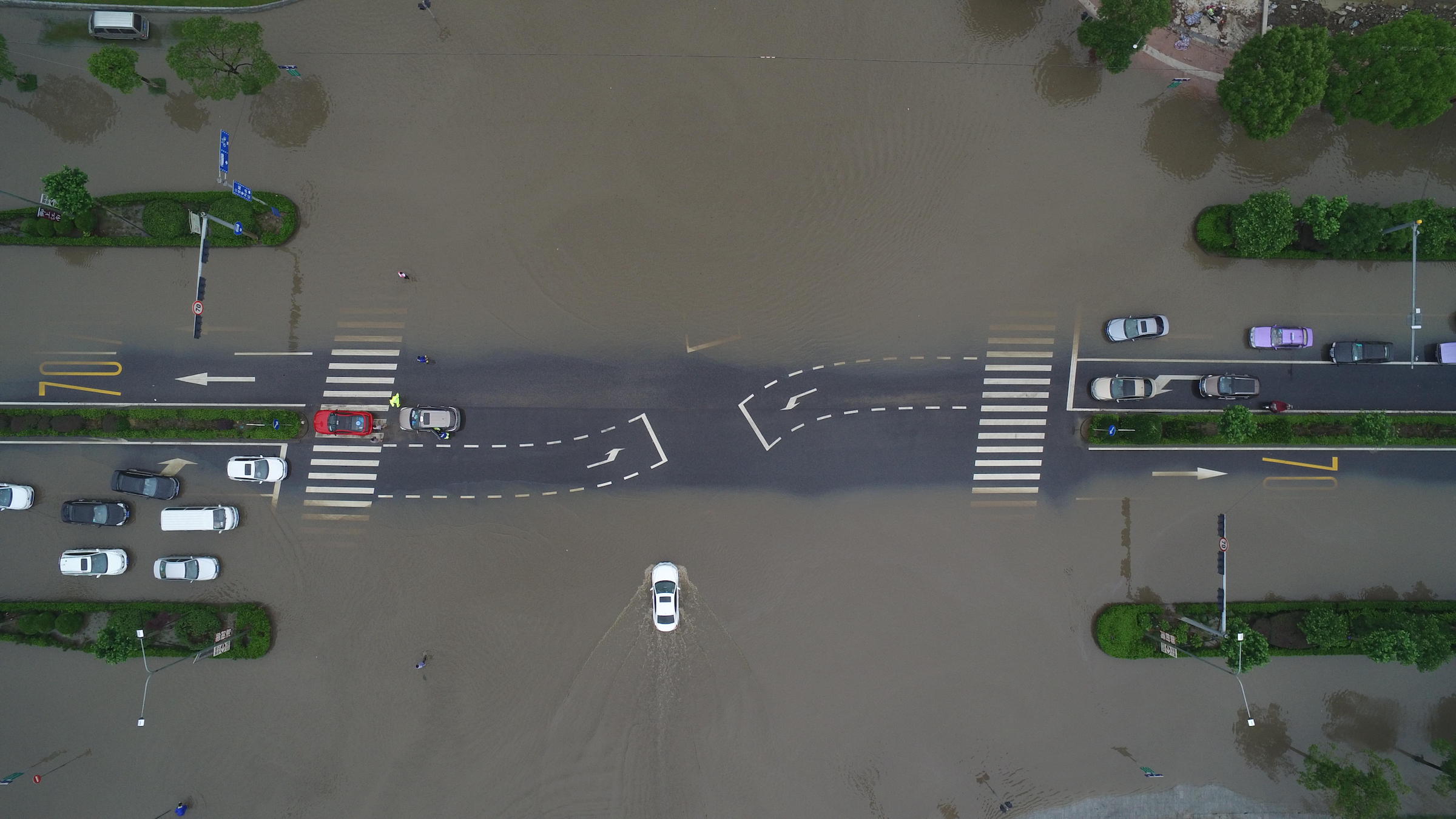Last month, the overseas asset management arm of Ping An Insurance Group became the first Asian institutional investor to partner with the Climate Bonds Initiative, a UK-based advocate for green bonds. That followed the group becoming the first Chinese asset owner to join the UN-supported Principles for Responsible Investment in 2019. It later also signed up for the Climate Action 100+ initiative, which brings together investors who aspire to raise corporate climate commitments of the largest greenhouse gas emitters in their portfolios.
Ping An’s actions have added it to a short list of Chinese asset owners with a public commitment to climate action, and it is the only Chinese insurance company to have issued a coal phase-out plan.
It is time for other Chinese asset owners to act too.
Values can support climate finance
Asset owners sit at the top of the investment value chain, and their influence on financial flows has real-world consequences. Alongside development finance institutions, other value-driven asset owners such as pension funds, sovereign wealth funds and endowment funds are increasingly concerned with environmental and social objectives.
Cutting emissions, restoring carbon sinks and helping people adapt to climate change will require huge mobilisation of climate finance. In 2018, global climate finance reached US$546 billion, according to the Climate Policy Initiative. But the Intergovernmental Panel on Climate Change estimates that US$2.4 trillion is needed annually just for the energy sector to align with the high ambition 1.5C goal of the Paris Agreement.
China has been a leader in the green bond market in the past few years, but there is still a significant gap in domestic climate finance. International development aid flowing into China is declining, and development finance costs are rising. Even before the outbreak of Covid-19, the economy was slowing down, forcing the government to squeeze public expenditure and tighten debt-level controls. This means central and local governments will have smaller budgets for adaptation measures such as upgrading sea walls and drainage systems. This is not a promising start for climate finance in a decade that demands urgent action.
Mobilising enough capital to safeguard our climate future will require public and private finance to work in the same direction. Many Chinese asset owners manage hundreds of billions of dollars, so they can do more to invest in transformational projects that protect the climate and deliver social benefits. In particular, China’s national pension fund and its sovereign wealth fund should be aligning their investments with their values to ensure the long-term prosperity of society. It is unfortunate, then, that the UN-convened Net-Zero Asset Owner Alliance, a group of institutional investors committed to net-zero emissions by 2050, does not yet have a Chinese member.
The risks of inaction
Climate change leads to both physical and transition risks for asset owners. This is especially relevant to insurance companies and pension funds because they invest for the long-term across a wide range of asset classes for the purpose of meeting their respective liabilities.
For example, shifting weather patterns may pose a physical risk to companies by interrupting cash flows and damaging physical assets and local infrastructure. China’s Third National Assessment Report on Climate Change has already found that changing rainfall patterns will strain reservoirs and create dam safety challenges.
The decarbonisation of China’s energy system also poses a transition risk for asset owners with carbon intensive portfolios. China’s national carbon market is cautiously progressing, and the cost of emissions can be expected to rise in future.
Increasingly, asset owners will have their long-term portfolios tested by government regulators to see if they are resilient to climate stress. British and Swiss regulators have already been testing pension funds and insurance companies in this way.
Apart from these risks, asset owners also have a fiduciary duty to respond prudentially to climate change in their beneficiaries’ best interest. Investments that exacerbate climate change expose asset owners to greater associated risks.
Chinese asset owners need to act
China’s national pension fund is facing shortfalls against a backdrop of a decelerating economy and an ageing population. With the public paying close attention, the shortfalls are being plugged by transferring assets of state-owned enterprises (SOEs) and shifting provincial surpluses. But these are unsustainable fixes by themselves.
Even provinces with surpluses will need central government support to prepare for rising sea levels and to cope with an increase in extreme weather events and disasters. Furthermore, relying on SOEs to plug pension shortfalls may not work because many of them are inadequately responding to the low-carbon transition, raising a question over their financial sustainability. As an influential shareholder of these SOEs, the national pension fund has the responsibility to demand appropriate consideration and disclosure of their climate risks and opportunities.
And it is not just about pension funds. Multinational reinsurance companies have already felt the pinch from a dramatic increase in claims on disasters, such as forest fires, flooding and typhoons, that may have been exacerbated by climate change. Insurance companies that are serious about future-proofing their businesses must limit their exposure to carbon-intensive assets and model portfolio performance under different warming or energy transition scenarios.
Chinese insurers, such as Ping An Insurance Group and PICC P&C, have taken the initial step by piloting enhanced disclosure of climate-related information. This gives corporate decision-makers and investors a better picture of companies’ performance under different climate scenarios and areas they can improve on.
It is encouraging to see that some Chinese investment managers have also started implementing investment policies that consider climate change and have joined stewardship initiatives such as the Climate Action 100+, even before asset owners have acted. Industry associations including the Asset Management Association of China and the Insurance Asset Management Association of China have contributed to industry awareness through capacity-building workshops and member surveys.
To complement this bottom-up momentum and maximise investors’ collective potential, Chinese asset owners need to build institutional capacity to help them understand the short-term and long-term implications of a changing climate and responses to it, such as energy transition scenarios and national climate pledges.
China’s development priorities, its leadership in green finance and the long-term resilience of its economy are all vulnerable to climate risks. The time has come for asset owners to respond with informed and clear strategies that can direct investments in the real economy to be more climate-resilient and sustainable.
Opinions expressed in this article are the author’s own.






![A picture of a wild boar captured on camera traps installed by WWF-Pakistan to monitor movement of leopards in Galliyat [image courtesy: WWF-Pakistan]](https://dialogue.earth/content/uploads/2020/04/04-300x200.jpg)

